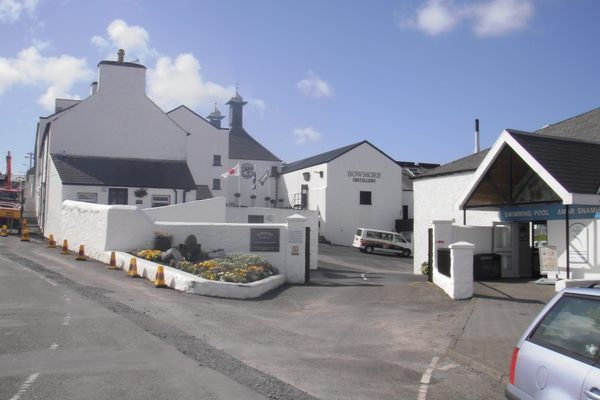‘Poisonous Parsnips’ Are Washing Up on Beaches in Scotland
Be careful out there.
On Monday, the North Ayrshire Council, which represents some 136,000 people in southwest Scotland, issued a warning on their website: beware, they said, of poisonous parsnips at the local beaches.
The plants in question, known as Hemlock water dropworts, are not actually parsnips, they just look like parsnips. They’ve been spotted on beaches in Ayrshire, on the Scottish coast, around 25 miles from Glasgow.
The council is especially urging pet owners and parents to be vigilant. If consumed, the plants can be deadly for animals, while just touching them can produce severe burns for humans.
The Hemlock water dropwort ”can often be found in shallow waters and is most toxic during late winter and early spring time,” notes the Ardrossan Coastguard Rescue Team (“Search and Rescue—it’s what we do”) on Facebook.
The plants have been known to be poisonous for decades now, if not millennia. In fact, they might have been responsible for what Homer called the risus sardonicus, or the ”sardonic grin,” a bizarre distortion of one’s face. In ancient Sardinia, the plant was fed to older residents who could no longer care for themselves, Scientific American reported in 2009, thus giving them a grin before they were ceremonially killed.
Gastro Obscura covers the world’s most wondrous food and drink.
Sign up for our regular newsletter.

























Follow us on Twitter to get the latest on the world's hidden wonders.
Like us on Facebook to get the latest on the world's hidden wonders.
Follow us on Twitter Like us on Facebook